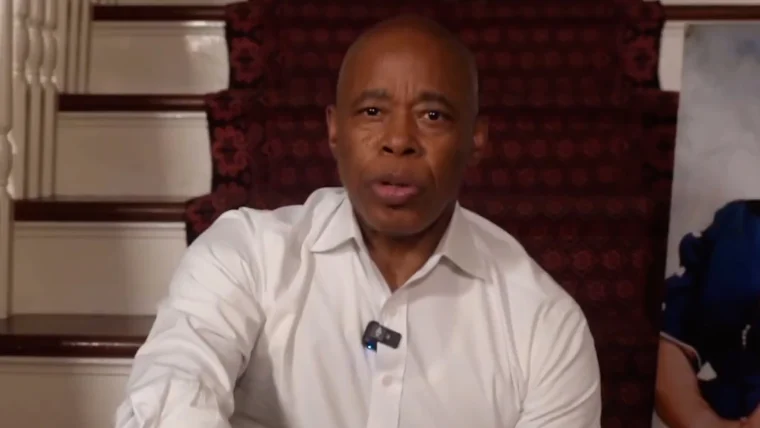On April 5, New York City experienced its largest earthquake in 140 years, measuring a 4.8 magnitude. The quake, centered near Whitehouse Station, New Jersey, 40 miles west of New York City, sent shockwaves throughout the city and surrounding areas. Buildings trembled and nerves were rattled across New York City, Pennsylvania and New Jersey.
Officials, including Mayor James Pittinger of Lebanon, New Jersey, described the event as unprecedented. “Craziest thing I’ve ever experienced,” Pittinger told MSNBC. According to reports from the US Geological Survey (USGS), the earthquake was shallow, occurring just five kilometers beneath the Earth’s surface. The earthquake highlighted how vulnerable the Northeast is to seismic activity, even though earthquakes are rare compared to regions along active fault lines like the Ramapo fault zone in the Newark basin. Reports have also shown that there may be unmapped fault systems underground, adding to the challenges of understanding seismic risks in the area.
In the wake of this earthquake, officials moved swiftly to assess and address any potential impacts. The Federal Aviation Administration temporarily halted all flights at Newark and John F. Kennedy International Airport in the Tri-State area. However, authorities soon confirmed that major infrastructure, including transportation systems and bridges, had withstood the quake without significant damage and air traffic operations have resumed.
New York Governor Kathy Hochul and New York City Mayor Eric Adams reassured the public in separate news conferences, emphasizing that there were no reports of major injuries or structural damage. However, they urged residents to remain vigilant and take precautions in the event of aftershocks, a phenomenon that is relatively uncommon in the region.
In the aftermath, concerns about potential tremors prompted warnings from authorities as well, leading New York State and City officials to emphasize vigilance and safety measures. Additionally, service between Pennsylvania and New Jersey was temporarily suspended as authorities assessed the situation.
Many New Yorkers took to social media, sharing their experiences of buildings shaking and uncertainty about whether it was an earthquake. Additionally, emergency alerts were issued on many phones shortly after the shake, advising individuals to stay inside or call 911 if needed.
Amidst the tremors, some students from the University recalled their experiences, with flashbacks of last year’s building collapse besides 33 Beekman, fueling the initial alarm. “I immediately feared it was another building falling down,” shared Roopak Singh, capturing the anxiety and confusion felt by many in the wake of the earthquake.
The University promptly alerted its students via email, reassuring them of no building damage and conducting thorough inspections. The email also emphasized safety and offered support services for those in need.
Following the initial earthquake, a second, milder aftershock, measuring a 4.0 magnitude, struck near Gladstone, New Jersey around 6 p.m. Residents were advised to remain indoors, with alerts issued by New York City officials. Kishor S. Jaiswal, a research structural engineer with the U.S. Geological Survey, warned of ongoing aftershocks for several days, highlighting the potential for further seismic activity.
While unexpected, this week’s occurrence underlines the importance of preparedness and community support. As authorities and government officials continue to monitor the situation, remaining alert and united ensures the safety and well-being of others and ourselves.







